
AP Physics Systems
Quiz
•
Physics
•
11th - 12th Grade
•
Hard
+2
Standards-aligned

Charles Martinez
FREE Resource
10 questions
Show all answers
1.
MULTIPLE CHOICE QUESTION
3 mins • 1 pt
A ball is thrown straight up in the air. When the ball reaches its highest point, which of the following is true?
It is in equilibrium.
It has zero acceleration.
C It has maximum momentum.
It has maximum kinetic energy
None of the above
2.
MULTIPLE CHOICE QUESTION
3 mins • 1 pt
A box is given a sudden push up a ramp. Friction between the box and the ramp is not negligible. Which of the following diagrams best represents the directions of the actual forces acting on the box as it moves upward after the push?
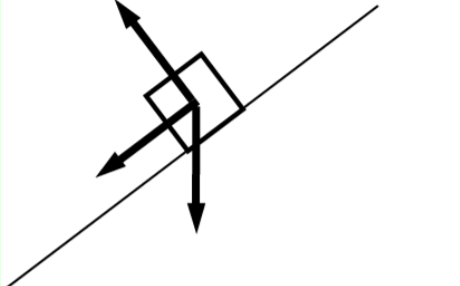
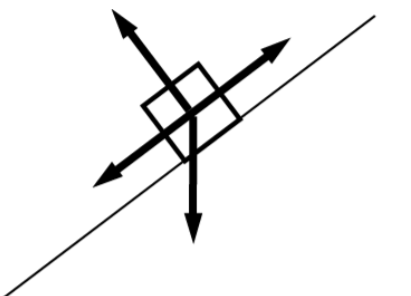
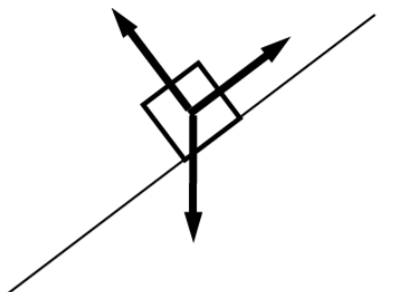
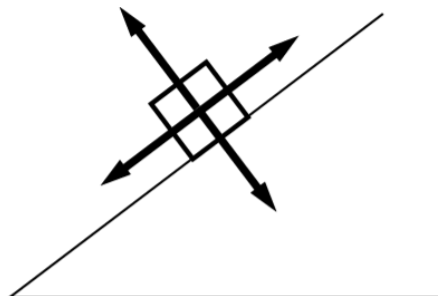
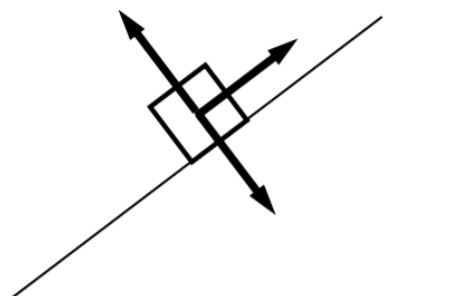
Tags
NGSS.HS-PS2-1
3.
MULTIPLE CHOICE QUESTION
3 mins • 1 pt
A planet of mass m orbits a star of mass M, where m<<M. The orbit is circular, its radius is r, and
its period is T. True statements about the planet’s orbit include which of the following?
I. The orbital speed equals 2πr / T
II. The gravitational force equals GMm / r2
III. If the orbital radius r were greater, T would also be greater.
I only
II only
I and III only
II and III only
I, II, and III
Tags
NGSS.HS-ESS1-4
NGSS.HS-PS2-4
4.
MULTIPLE CHOICE QUESTION
3 mins • 1 pt
While traveling in its elliptical orbit around the Sun, Mars gains speed during the part of the orbit where it is getting closer to the Sun. Which of the following can be used to explain this gain in speed?
As Mars gets closer to the Sun, the Mars–Sun system loses potential energy and Mars gains kinetic energy.
A component of the gravitational force exerted on Mars is perpendicular to the direction of motion, causing an acceleration and hence a gain in speed along that direction.
The torque exerted on Mars by the Sun during this segment of the orbit increases the Mars–Sun system’s angular momentum.
The centripetal force exerted on Mars is greater than the gravitational force during this segment of the orbit, causing Mars to gain speed as it gets closer to the Sun.
Tags
NGSS.HS-ESS1-4
NGSS.HS-PS2-4
5.
MULTIPLE CHOICE QUESTION
3 mins • 1 pt

A rock of mass m is thrown horizontally off a building from a height h, as shown above. The speed of the rock as it leaves the thrower's hand at the edge of the building is v.
What is the kinetic energy of the rock just before it hits the ground?
mgh
Tags
NGSS.HS-PS3-1
6.
MULTIPLE CHOICE QUESTION
3 mins • 1 pt
What is the kinetic energy of a satellite of mass in that orbits the Earth, of mass M, in a circular orbit of radius R ?
zero
Tags
NGSS.HS-PS2-4
NGSS.HS-PS3-1
7.
MULTIPLE CHOICE QUESTION
3 mins • 1 pt

An object is moving in the positive x-direction while a net force directed along the x-axis is exerted on the object. The figure above shows the force as a function of position. What is the net work done on the object over the distance shown?
Tags
NGSS.HS-PS2-1
Create a free account and access millions of resources
Similar Resources on Wayground

15 questions
Pengetahuan Astronomi
Quiz
•
KG - 12th Grade

15 questions
Kepler's Laws of Planetary Motion
Quiz
•
9th - 12th Grade

12 questions
Gravity Force Problems Physics
Quiz
•
11th - 12th Grade

10 questions
The Size of Space
Quiz
•
9th - 12th Grade

15 questions
Unit 4 Critical Thinking: Exploring Dwarf Planets and Ice Giants
Quiz
•
12th Grade

10 questions
Menjelajahi Tata Surya dan Luar Angkasa
Quiz
•
6th Grade - University

12 questions
Gravity Force Problems
Quiz
•
11th - 12th Grade

15 questions
Quiz Competition-Hope Probe (Emirates Mars Mission)
Quiz
•
KG - 12th Grade
Popular Resources on Wayground

20 questions
Brand Labels
Quiz
•
5th - 12th Grade

10 questions
Ice Breaker Trivia: Food from Around the World
Quiz
•
3rd - 12th Grade

25 questions
Multiplication Facts
Quiz
•
5th Grade

20 questions
ELA Advisory Review
Quiz
•
7th Grade

15 questions
Subtracting Integers
Quiz
•
7th Grade

22 questions
Adding Integers
Quiz
•
6th Grade

10 questions
Multiplication and Division Unknowns
Quiz
•
3rd Grade

10 questions
Exploring Digital Citizenship Essentials
Interactive video
•
6th - 10th Grade
Discover more resources for Physics

15 questions
Position vs. Time and Velocity vs. Time Graphs
Quiz
•
10th - 12th Grade

73 questions
S1 Interim Review Physics
Quiz
•
9th - 12th Grade

37 questions
Forces-Conceptual Physics
Quiz
•
9th - 12th Grade

20 questions
Newtons Laws of Motion
Quiz
•
10th - 11th Grade

107 questions
Physics Interim Review Game
Quiz
•
11th Grade

46 questions
Acceleration and Force Equations
Quiz
•
11th Grade - University

25 questions
Newton's Second Law
Quiz
•
11th Grade

10 questions
Projectile Motion
Quiz
•
11th Grade

